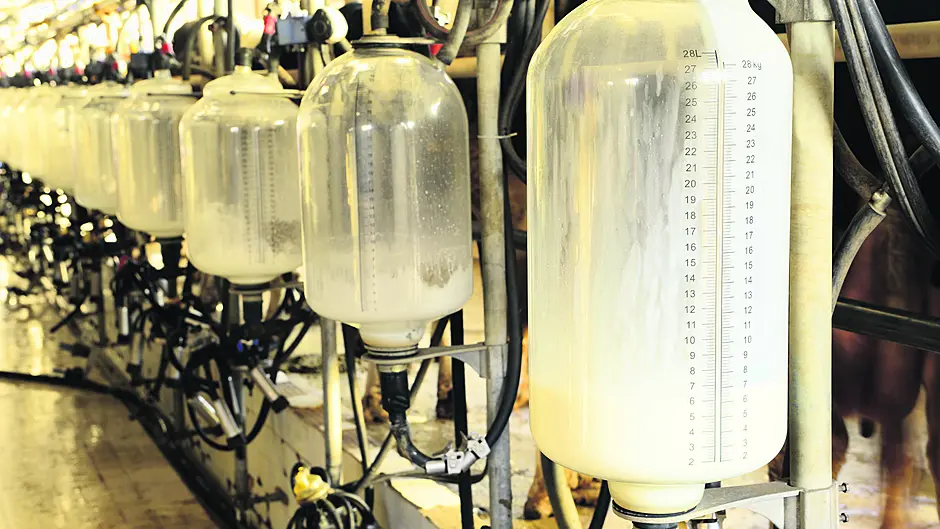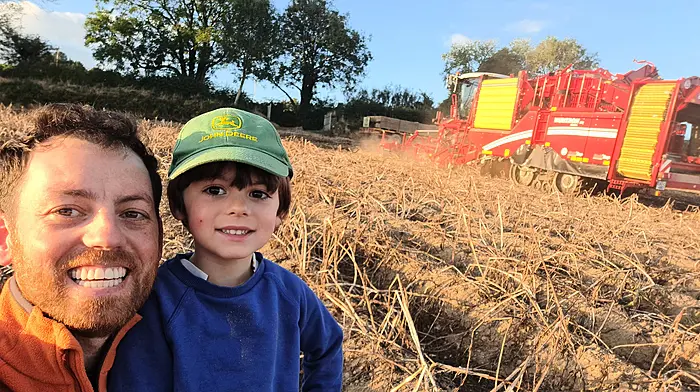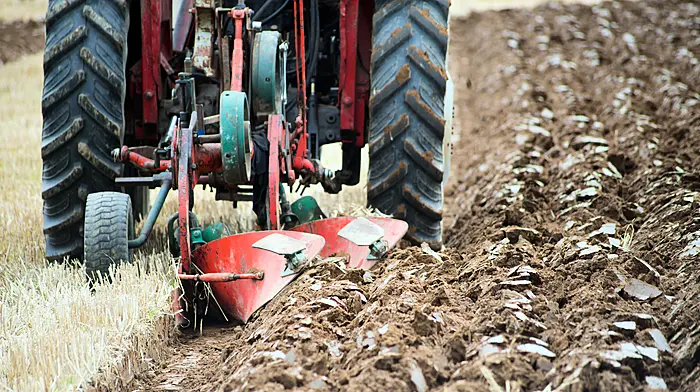The new nitrates regime for cattle farmers, due to come into play on January 1st, is already causing confusion, amid fears that herds will have to be substantially reduced
WITH less than one month to go before the introduction of the new nitrates banding, the Department of Agriculture has been accused of being poorly prepared to ensure farmers will be placed in the correct band.
That’s according to the IFA, which has also voiced how disappointed the organisation is about how the department is communicating the new policy’s impact on farmers. It claims that many farmers are still unaware how they will be affected by the new rules.
The policy, which will be law from January 1st, is causing much anxiety in the sector, according to Ger Lehane, West Cork IFA dairy chair.
At a recent meeting, the IFA was unsuccessful in its appeal to the Department of Agriculture to defer the policy, to allow both sides more time to prepare.
Until now farmers have been allowed a standard limit of 170kg of organic nitrogen per hectare, or 250kg if a farm is in derogation. The organic nitrogen deemed to be produced for all dairy cows was set at 89kg per cow. This meant that a farmer could have 77 cows on 100 acres, while remaining within the 170kg/hectare limit, or up to 113 cows if in derogation.
But under the new nitrates action programme, each herd will have now its own N rate, with higher yielding cows given a higher level of N excretion, due to their larger feed intake requirements.
Three bands have been put in place, and calculations are based on a farmer’s total milk supplied to their processor, divided by the number of cows on the farm:
• Less than 4,500kg milk annually will give organic nitrogen of 80kg N/ha/year
• 4,500 and 6,500kg milk will get 92 kg N/ha/year
• Over 6,500kg will be assigned nitrogen at 106kg N/ha/year
However, while the department has access to the number of cows a farmers has, GDPR issues mean it doesn’t currently have the milk data.
‘So the implication from the department, and the fear from farmers, is that they’ll all be put in the higher 106kgs per cow nitrogen bracket to start with, and that it may be March at the earliest before that will be corrected,’ Ger said.
There is a plan to put legislation in place to request that information from farmers, but the situation is very disappointing, according to Ger.
He stressed farmers weren’t opposing the banding, as difficult as it would be for some.
‘Farmers understand that it’s the law, but with the lack of information many farmers are not in a position to make correct management decisions for their farm,’ he said. ‘They need to be shown more respect – livelihoods are at stake here. Huge decisions have to be made.’
To illustrate what banding will mean, he said: ‘According to our analysis if you’re highly stocked at the top end and in derogation, you’re looking at a cut of more than 15% in numbers if you can’t rent [more] land. So if you’ve 100 cows, that’s 17 gone, and a net cut to your income of over 20% – but still the same amount of work to do.
‘In West Cork, the farmers with 50/60/70 cows will be worst hit, as they’re the ones maximising output per cow from their land block. If you’ve 70 cows, you’re looking at losing up to 12.’
The only way around it is to cut numbers, export slurry, or rent land. ‘But the land isn’t there, and we’re hearing prices going up to €400 an acre,’ he said.
John Hodnett of Hodnett Forde, leading agricultural estate agents in West Cork, said prices were definitely going up, and were in the range of €300-€400 an acre.
‘But demand is outstripping supply, because so much land is already tied up in leases, and that’s what will drive up prices,’ he said.
To further complicate matters, there is also a ‘mid-term’ review as part of the nitrates action plan which will take place in 2023.
This threatens the upper limit farmers are allowed to farm in derogation to drop from 250kgs of nitrogen per hectare down to 220kgs of nitrogen per hectare.
‘Combined with being in the higher band, this would see a farmer previously with 100 cows farming near the derogation limit, needing to reduce by 27 cows,’ said Ger.
‘Teagasc analysis shows this could potentially see this farmer’s income reduce by over 40%,’ added Mr Lehane. ‘And this is totally unacceptable.’
The Department of Agriculture said it is currently developing plans for a ‘simple and efficient mechanism to verify the appropriate nutrient excretion rate based on each dairy herd’s milk production.’
In the meantime, to allow dairy farmers estimate their herd’s indicative band, it directed them to a banding calculator on its website.










